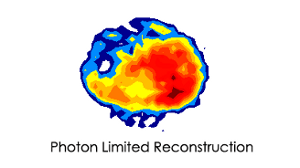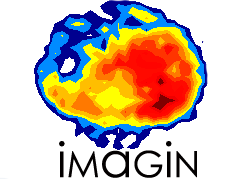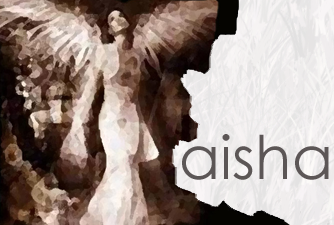The link to lise Group and the Hypertelescope Page
Ubaye Hypertelescope
The link to Large Diluted Telescope Page
Large Diluted Telescope
If the evolution of astronomical instruments in the optical range is to resemble that of radiotelescopes, they will use increasingly large numbers of sub-apertures, arrayed as large dilute interferometric systems . The improved sampling of the incoming wavefront thus achieved greatly increases the information content of the images which may be formed directly with a densified-pupil or "hypertelescope" beam combiner.
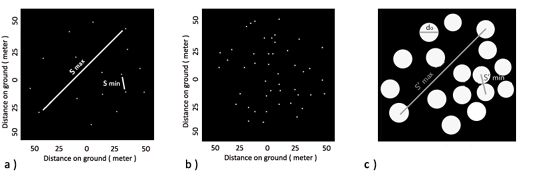
Theory indeed shows that, at given collecting area and overall array size, many small apertures give much better images than fewer large ones. Future large direct imaging interferometers need many sub-apertures large number oftelescopes and adaptive optics systems for usable imaging with large exposure time.But even in the absense of adaptive optics systems for these interferometrs high resolution imaging can be done in speckle mode .Speckle mode techniques like speckle interferometry and speckle masking can produce useful results with these type of interferometers.The paper summarises the numerical simulations done to understand the scope of cophased imaging and speckle observations with this type of diluted aperture interferometers. We have built a numerical simulation IMAGIN in MATLAB that simulates cophased and speckle mode imaging with different input diluted aperture con gurations .

Bispectrum Mode of Reconstruction :
Along with the multi aperture cophased and speckle mode imaging capability of the IMAGIN software speckle masking code with direct bispectrum reconstruction and Radon transform based reconstruction have also been developed.
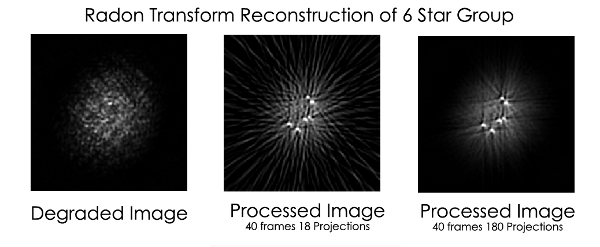
Direct Computation of Bispectrum has prooved more useful for extended objects .For the same purpose Bispectrum code have been developed in MATLAB and IDL.
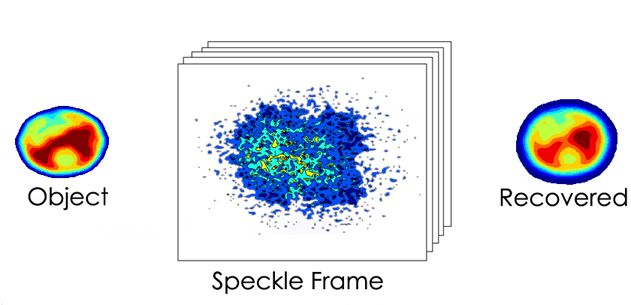
IMAGIN has also the capability of computing photon limited speckle grams and doing speckle masking reconstruction with it.
